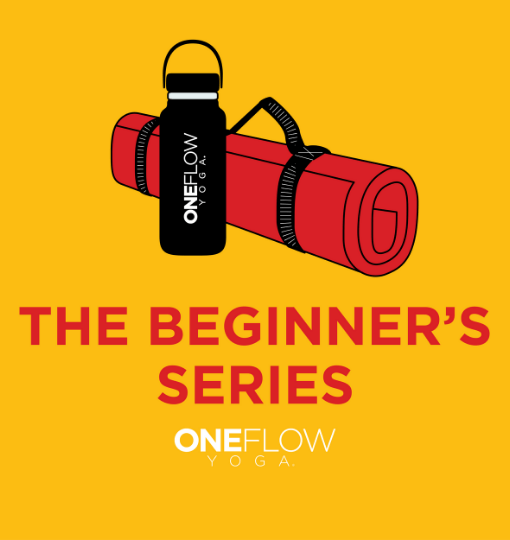When I first arrived on my mat years ago I knew nothing about yoga. This was before the boom of Yoga in America, let alone Sacramento Yoga. I went through the postures as the teacher presented them and did my best to keep up and “do yoga”. After all was said and done I felt calm, happy, even blissful (not a word in my vocabulary up until that moment.)
I don’t know what happened but I wanted to do it again and again and again. I’d get up for the early morning class, take the last class of the evening—do everything I could to get a practice in. (I didn’t know about a home-based practice back then and I certainly wouldn’t have known what to do if I had.)
A bit of relevant background about me. I’m a lifelong runner—24 years. I ran competitive cross-country in high school and played on our school’s soccer team as well. I mention this because I know well the perspective of pushing yourself to be “good” at something.
How do you get good at the practice of yoga? I figured maybe it was being able to do more postures, or more precisely, more difficult postures. I learned to do handstand, splits, and even get one foot behind my head. This took quite a bit of time, as you might imagine, and you know what happened—nothing. Heck, this was before Facebook so I couldn’t even publish a photo of my endeavors. (Quick aside—foot behind head photos are not flattering.)
After this experience I had a realization—maybe it’s not about the postures.
Why then do we do the postures and spend time—often several times a week—getting into challenging physical twists and gestures? What is the purpose of yoga?
You would think this would be an easy answer to find. After all, millions of people practice yoga in the United States alone. Surely most of them know what the purpose is for.
You’d be surprised. Some common answers of what people think the purpose is:
- To be flexible
- To connect your mind and your body
- To be bendy (a personal favorite of mine)
- To relax and calm yourself
- To meditate
Maybe there wasn’t really a purpose. Or maybe the purpose was different for everyone. But that didn’t make sense. I mean, how did a practice survive ostensibly for thousands of years without anyone really knowing why.
I was fortunate to run into the teachings of several great teachers, Krishna, Georg Feuerstein, Mark Stephens and Rusty Wells. They state the purpose of yoga plainly (ok not Georg who exhaustively addresses the subject of yoga—for our benefit.)
The purpose of yoga is for awareness.
The purpose of awareness is for acceptance.
Simple? Yes. Easy? No.
When I came to this truth, it shifted my practice, my approach and my life. If awareness is the purpose of the practice then I can be just as aware in tadasana, mountain posture, as in eka pada rajakapotasana. I can feel just as much.
How then does the physical practice work to create awareness?
It gives us a very tangible way to approach awareness. We start by feeling the physical body—your shaking leg for instance. You stay with the sensation of your leg. As you witness and observe your leg shaking, it’s natural to feel the thoughts and emotions that accompany a shaking leg. Worry, doubt, fear, vibrancy, tenacity, defiance, control—all of these things surface in your posture. Can you be in that space without trying to change, fix or run away? The physical practice, then, is a way to get into you on a deeper level.
There is a saying that people do not buy drills because they want a drill. They buy a drill because they want holes. We do not practice yoga to master the postures for the postures sake. We practice the postures to access the stuff inside of us—the ego and illusions, inner strength and resilience and the big one—Peace!
Now do people get enamored with drills? I’m sure they do. Someone, somewhere is getting all hot and heavy over the DeWalt 90210 drill or the Bosch 8675309 router. And I think that’s great. If you are able to get into a posture because of patience, perseverance, facing fear, resilience and hard work—congratulations. However I’ve also seen postures become another source of ego and distance from self and others instead of a place of connection. They can become a distraction that takes you out of your practice and moves you away from awareness; quite the opposite of the intent of yoga.
Today do I still do bird of paradise, headstand and flying crow? Yes. However, I don’t try to get anything from them. I try to have fun, work hard, be present and pay just as much attention to the fundamental postures such as Virabhadrasana B or child’s pose. The result has been more a greater sense of awareness and freedom throughout my entire practice. I feel more by doing less. I’m able to tune into the subtlety and nuance of the various asanas.
What about if you’ve been practicing in a way that resembles the compulsory round for the Olympic gymnastic team versus a refined, graceful practice? You can evolve your practice and more towards fluidity by changing your focus. This is the essence of wisdom in yoga manifesting in the physical form.



